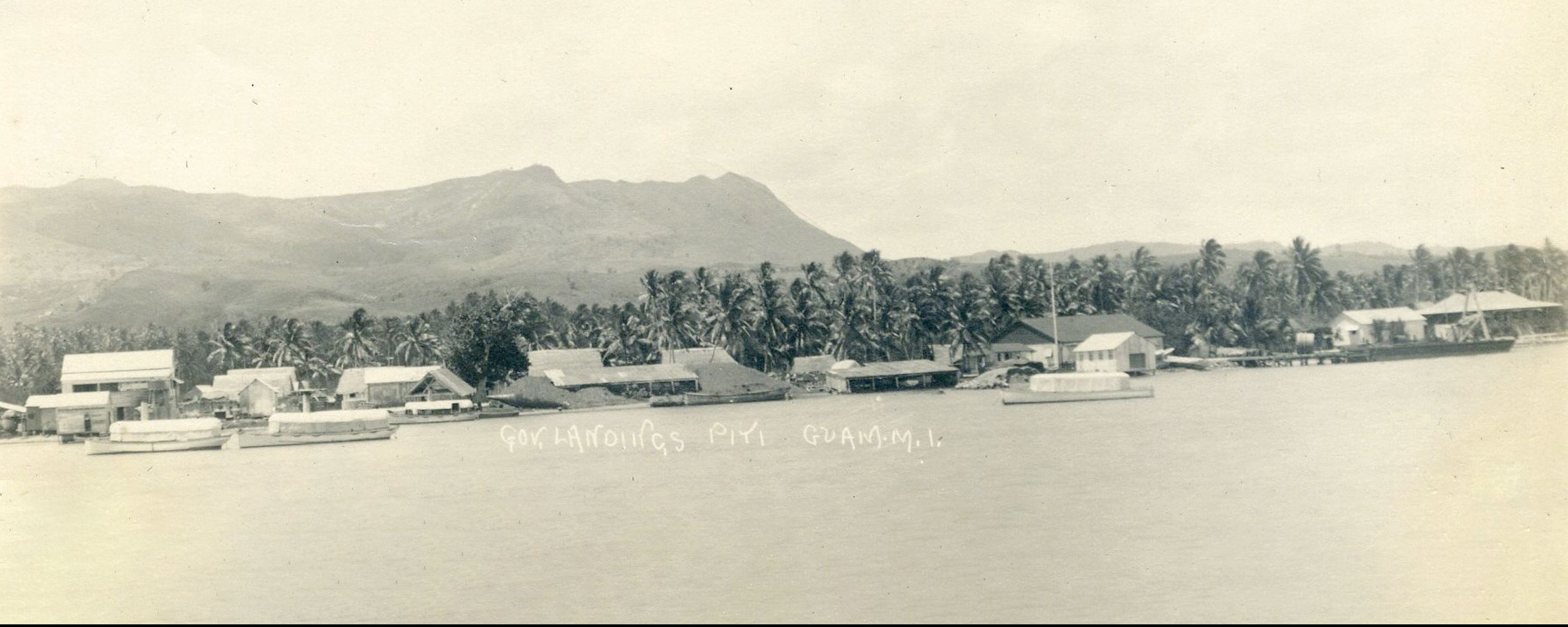
Cowboy Chronicles: OAMC and the Territory of Guam
Tuesday, September 5, 2023
Media Contact: Mack Burke | Associate Director of Media Relations | 405-744-5540 | editor@okstate.edu
Some students attending Oklahoma Agricultural and Mechanical College in its formative years were from families that had been pioneers. Some of the students later became pioneers themselves.
With the knowledge, experience and skills gained during their college years in Stillwater, they became some of the first international ambassadors for the institution.
A New Territory
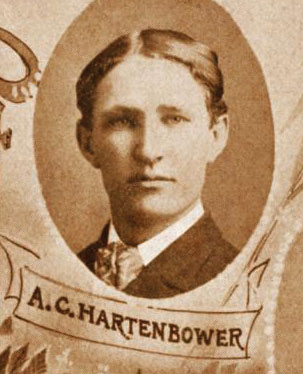
As a result of the Spanish-American War, Guam became a territory of the United States in 1899; only 10 years after the Territory of Oklahoma was opened for homesteaders.
The island was under the administration of the U.S. Navy. Located in the South Pacific, roughly 7,000 miles from Stillwater, Guam is about 30 miles long and 5 to 7 miles wide — a fourth of the size of Payne County.
First included in a U.S. Census in 1910, Guam had a population of almost 12,000, most of whom were indigenous Chamorro, but included Filipinos, Japanese and other Pacific Islanders.
The U.S. Department of Agriculture established an agricultural experiment station in 1908 in an attempt to encourage agricultural production on the island and reduce the need for food subsidies and imports.
Andrew Cleveland Hartenbower, known as A.C. or Cleve, was the first OAMC graduate to work in Guam. He was an agriculture graduate in 1905 with 20 classmates. Hartenbower was born in Douglas, Kansas. His mother was the daughter of Irish immigrants who had fled during the Great Potato Famine. In 1889, the Hartenbower family relocated to a farm in Payne County. Young Hartenbower began attending classes at the college in 1901 when he was 16. Hartenbower worked part time during his undergraduate years for the School of Agriculture and after graduation, he accepted a position as an assistant in the agricultural department for nine months. He was then hired as an assistant professor of agronomy at the Territory of New Mexico College of Agriculture and Mechanical Arts in Mesilla Park.
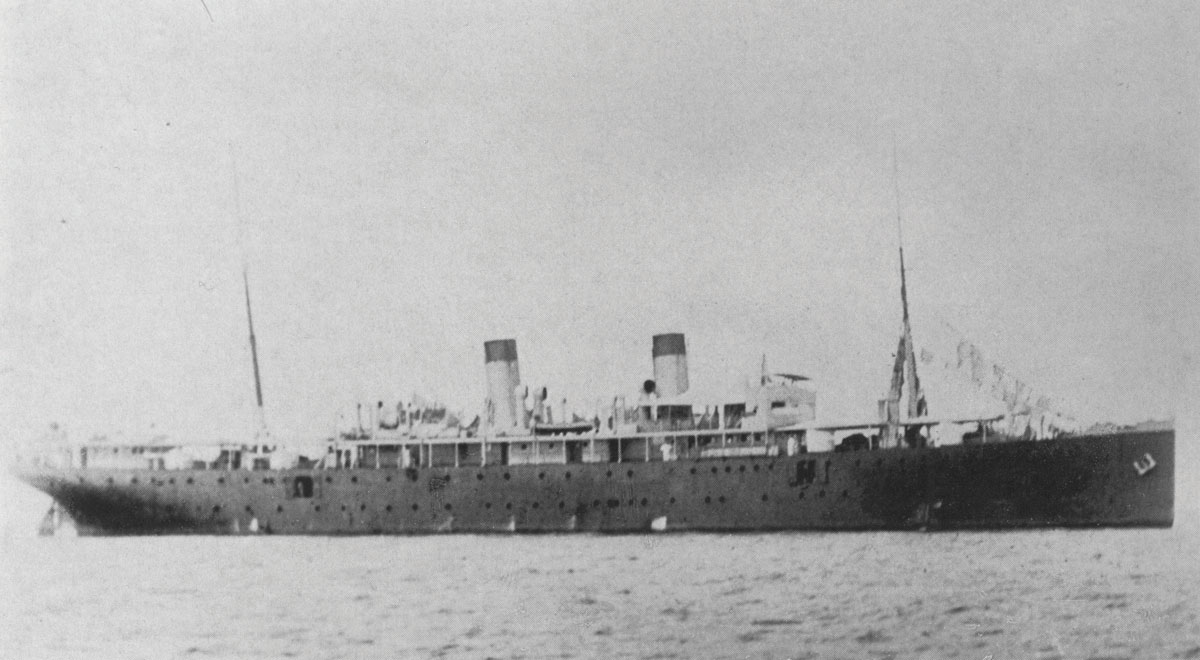
Returning to Oklahoma in December 1907, Hartenbower married Eathel Fleming in Perry, Oklahoma, and the young couple immediately left for South America. Hartenbower accepted a position as chair and professor of agriculture at the National School of Agriculture and Veterinary Science in Lima, Peru. The new college, created in 1902, needed young, energetic faculty to create curriculum and establish an agricultural experiment farm. Hartenbower was placed in charge of all agricultural research work.
The Hartenbowers traveled overland to Houston, then by ship to the Panamanian Isthmus, overland to the Pacific coast, and again by ship from Panama City to Lima. The Panama Canal wouldn’t be completed for another seven years.
The trip took several weeks and covered almost 4,000 miles. Hartenbower later commented: “My two years stay in Peru gave me a taste of tropical life that has created a desire for more. The call of the tropics has caught me.”
The couple returned to the United States and Stillwater in 1910, and he served as an assistant professor of agronomy until 1913. Hartenbower was then appointed principal of short courses on campus for the next year. In 1914, the federal government recruited Hartenbower for an opportunity to experience tropical life again when he was offered a chance to direct the agricultural experiment station in Guam.
He had originally declined the position, but after officials from Washington, D.C., visited him in Stillwater, he accepted the assignment as the new director of the United States Department of Agriculture Experiment Station in Guam.
Destination Guam
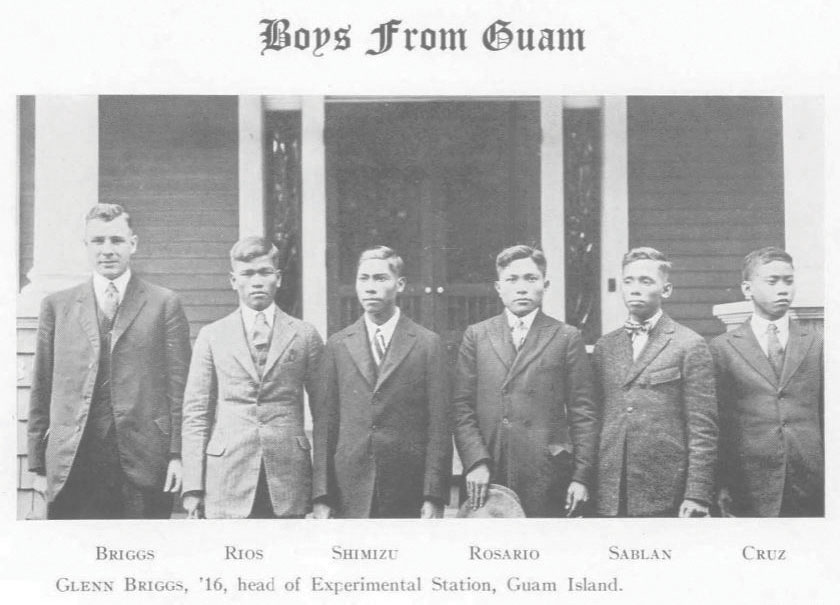
After a quick trip to Washington, D.C., Hartenbower and Eathel left Stillwater in late May and traveled by train to San Francisco where they sailed for Guam on June 5, arriving on the island on June 29 to start in his new role.
In a letter addressed two weeks later, which took two months to reach Stillwater, Hartenbower stated: “Guam is most delightful, and the people who have lived here for some years assert that Guam has the most delightful climate in the world. The evenings are always cool, and in the shade during the day, a cool breeze is always blowing.”
During his three years in Guam, Hartenbower supervised the construction of additional facilities, expanded holdings in the experiment station library and increased the number of research experiments, planting a variety of crops and encouraged developments in the livestock breeding program.
While on Guam, the Hartenbowers witnessed the blockade of the armed German warship Cormoran in Apra Harbor. The ship had arrived in December 1914 low on coal. When U.S. authorities declined to provide coal, the Cormoran and its crew of 370 were placed under detention due to the war in Europe. When the U.S. entered WWI on April 7, 1917, the crew were considered prisoners of war and rather than surrender the ship, the captain blew it up after most of his crew had jumped into the harbor and were rescued. This incident was the first military action between the Americans and Germans during the war.
Hartenbower resigned in 1917 to accept a position at Kansas A&M College. The couple returned to the U.S. after a short visit to Japan.
Work Never Stops
As the Hartenbowers prepared to leave Guam, Glenn Briggs agreed to continue their work.
Born in Clay Center, Nebraska, Briggs attended OAMC, majored in agriculture and served as the editor of the "Orange and Black" newspaper before graduating in June 1916. Briggs was assigned to the Guam Agricultural Experiment Station as the new agronomist and horticulturalist. His wife, Valle, taught in the local schools.
They married on March 24, 1917, traveled west on what they considered their honeymoon and boarded a ship heading to Guam.
The ship had few passengers as it was designated to transport the captured Germans from the island to prisoner of war camps in the U.S.
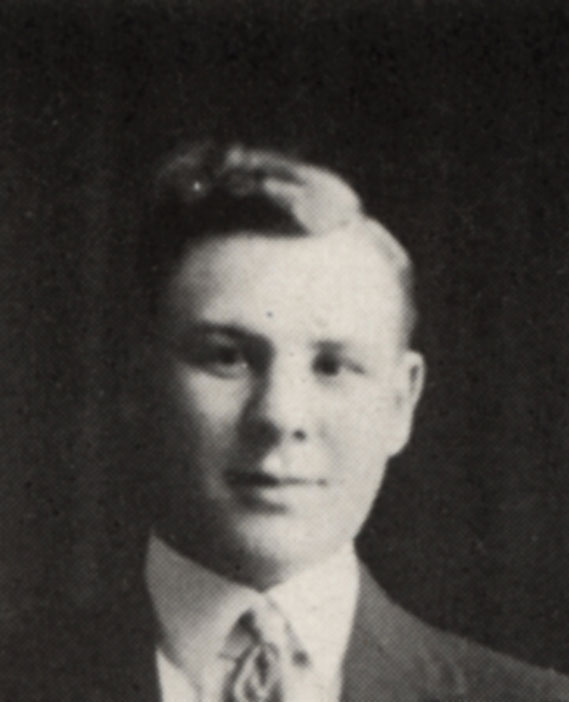
Briggs maintained an active correspondence with the OAMC newspaper during his three-year stay, including reports of a typhoon which hit Guam on July 6, 1918. The experiment station sheltered many residents from the village of Piti during the storm. The island’s governor then commandeered Briggs to assist with recovery efforts.
He was placed in charge of 50 marines and local farmers to begin cultivating 25,000 acres of tillable land to increase food production, reducing their dependence on imports. Briggs focused much of his effort on improving varieties of fruits and vegetables, replacing banana and coconut trees lost during the typhoon, and increasing rice cultivation.
After the typhoon, citizens of Guam and others stationed there relied on monthly military transports providing supplies and correspondence. A second, and more deadly challenge occurred when the monthly transport USS Logan arrived in port on Oct. 26. Ninety-five percent of the American sailors suffered from influenza with one death and carried the pandemic to Guam. The indigenous population then suffered a death rate of 10%.
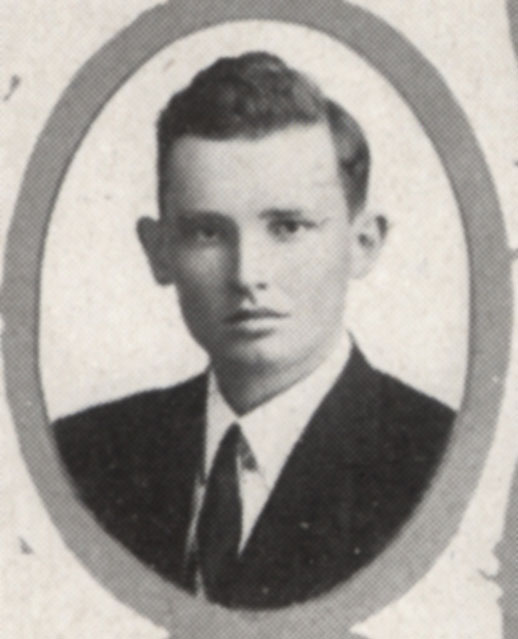
William J. (Bill) Green, another member of the Class of 1916, joined Briggs in January 1918. Green was a Kansas native whose family had settled in Wakita, Oklahoma. Green and his wife, Gladys, traveled by way of Vladivostok, Russia, then Nagasaki, Japan; Manila, Philippines; and finally, to Guam.
Green was recruited to the island before the typhoon and concentrated on agricultural extension efforts to expand services for local farmers learning about the developments and research Briggs was undertaking at the agricultural station.
Gladys gave birth to their oldest son on May 3, 1919. In efforts to move from subsistence agriculture, the naval government required farmers to increase areas of cultivation under their control, and when this requirement failed to meet expectations, landowners were forced to either cultivate their property or lease it to someone else who would.
With these agricultural challenges, Green had to navigate the social, cultural and economic stresses which impacted extension work with farmers. The Green and Briggs families spent several years working together on the island assisting with the recovery efforts and improving agricultural production and sustainability.
Pacific Pioneers
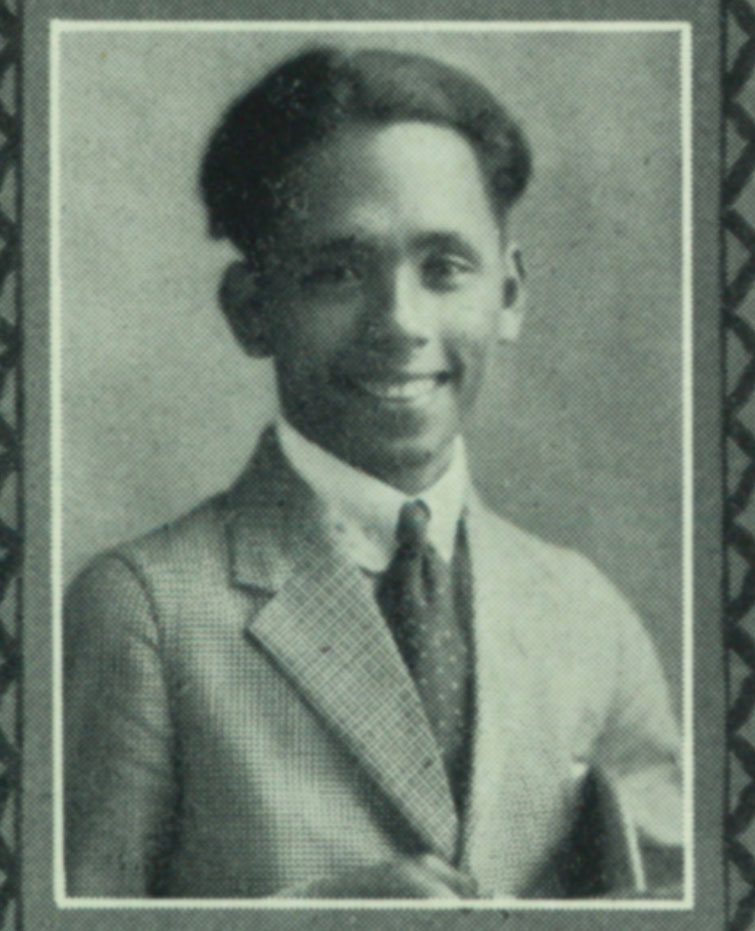
In October 1919, Briggs accompanied five students from Guam to assist with their enrollment at Oklahoma A&M.
Government officials on the island sponsored four of the young men and another entered college paying his own expenses. Two were teachers — Juan R. Rosario and Jose L. G. Rios — who enrolled for one year in Stillwater with the mandate they return to Guam and their teaching duties. Raymon M. Sablan and Antonio L. Cruz were admitted for four years. The fifth student, Antonio A. Shimizu, enrolled in the School of Commerce taking marketing courses, preparing to assist his father who was in the importing and exporting business. If the project worked well, the government considered sending two additional students each year.
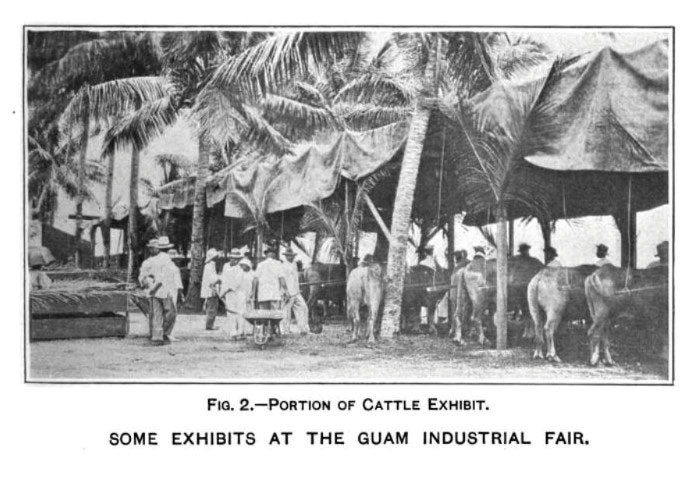
At OAMC, the students from Guam made an impression in athletics and cultural affairs. Shimizu set a school record in a swimming event and placed first in several others. In one of the precursors to later varsity revue programs raising funds for the annual yearbook, the students from Guam played musical instruments and sang. They would also perform for the Omega Literary Society and the Cosmopolitan Club.
Sablan played oboe in the OAMC orchestra and was active in many other campus organizations before graduating with a bachelor’s degree in science and literature. Over the years, their younger siblings, children and other students from Guam ventured to Stillwater.
In 1920, Briggs organized the “Far Eastern Alumni Association of OAMC” with members residing in Hawaii, the Philippines, Japan and Guam. These individuals were part of the first generation of OAMC graduates leading efforts to establish the land-grant model for citizens in locations around the world.
Photos by: OSU Archives
Story by: David C. Peters | STATE Magazine
